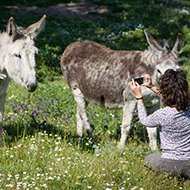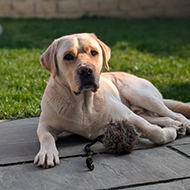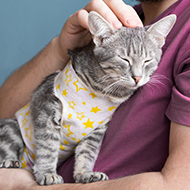Dental procedure took more than two hours to complete.
The Highland Wildlife Park, Kingussie, has come to the rescue of male Amur tiger Marty, who needed a root canal after keepers noticed he had recently started to favour his left side when eating.
Dental issues can lead to serious health complications, and after a small chip was noticed on Marty’s lower right canine the decision was made to investigate. The tiger was anaesthetised and the tooth was examined to determine the best treatment.
After examining the tooth, Norman Johnston, a veterinary dental surgeon, flushed out the decayed pulp and filled the cavity with a cement-like substance to reinforce the now hollow tooth. It is hoped the procedure will mean that the tooth will not need to be extracted in the future.
The dental procedure took place in the den of the tiger house and took more than two hours to complete. The veterinary team also seized this opportunity to perform other routine health checks on the tiger, including an abdominal ultrasound and collecting blood and fur samples.
It then took six keepers to carry the 187kg tiger on a stretcher to his bedding area, where they were able to monitor him as he came round. Despite being unsteady at first, he was soon back on his feet.
Head of living collections for the Highland Wildlife Park, Douglas Richardson, said: “A problem for big carnivores like tigers and polar bears, the pulp layer of the tooth is only a couple of millimetres below the tip of the tooth, so even chipping a tiny bit of tooth off can cause problems as the pulp underneath is exposed and infection can set in.
“Although normally a straightforward operation, performing any sort of medical procedure on an animal the size of Marty is a complex affair, requiring a lot of planning and coordination. The team were exceptional, working together to ensure the procedure went as smoothly as possible and I am very happy with the outcome.”






 RCVS Knowledge has called on vet practices to audit their post-operative neutering outcomes.
RCVS Knowledge has called on vet practices to audit their post-operative neutering outcomes.
